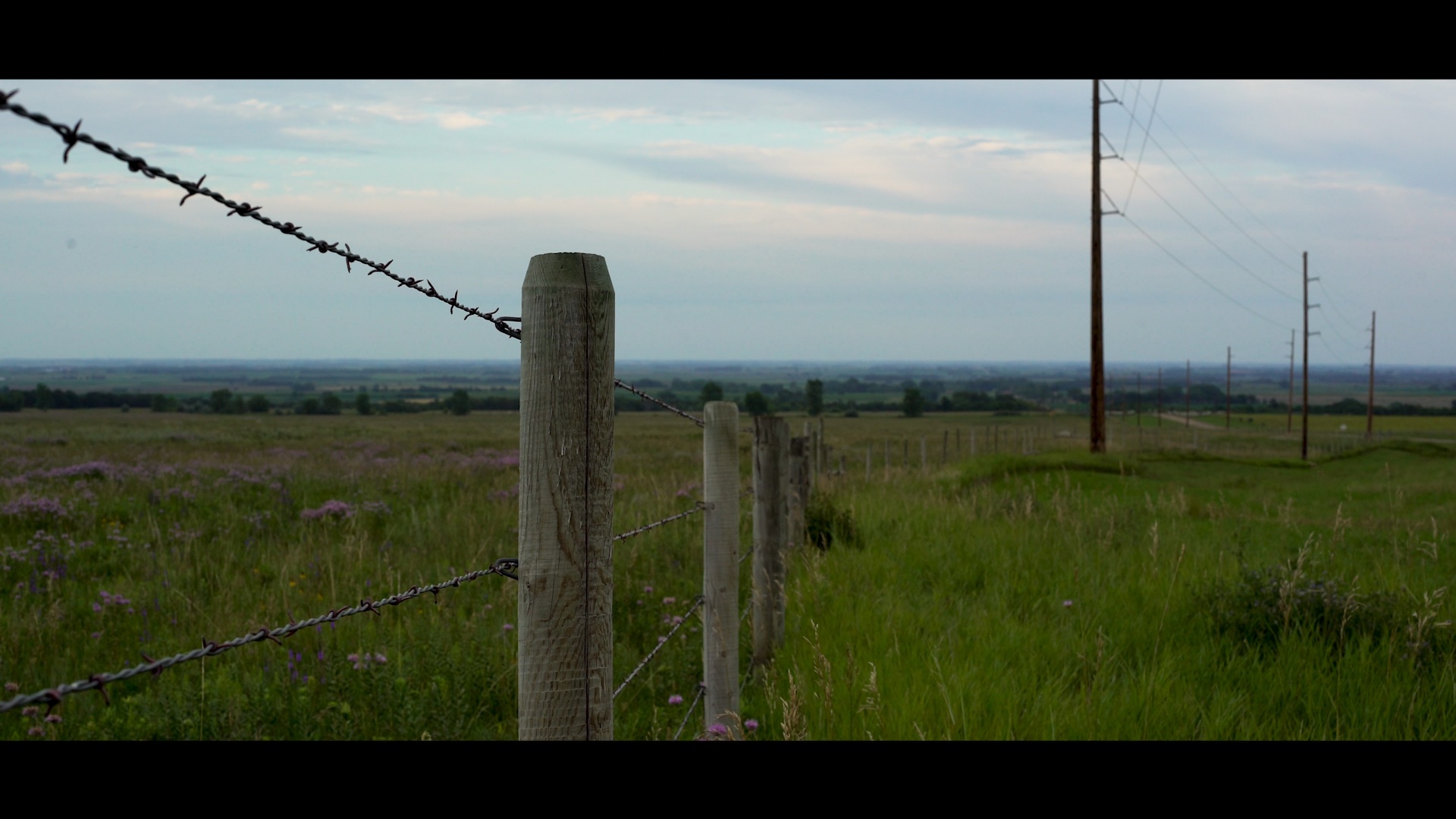

Dyani White Hawk (Sičáŋǧu Lakota) is a visual artist and independent curator based in Minneapolis, Minnesota. White Hawk earned an MFA from the University of Wisconsin-Madison (2011) and BFA from the Institute of American Indian Arts in Santa Fe, New Mexico (2008). She served as Gallery Director and Curator for the All My Relations Gallery in Minneapolis from 2011-2015.
Support for White Hawk’s work has included a 2021 Anonymous Was A Woman Award, 2020 Carolyn Glasoe Bailey Foundation Minnesota Art Prize, 2019 United States Artists Fellowship in Visual Art, 2019 Eiteljorg Contemporary Art Fellowship, 2019 Jerome Hill Artist Fellowship, 2019 Forecast Public Art Mid-Career Professional Development grant, 2018 Nancy Graves Grant for Visual Artists, 2017 and 2015 Native Arts and Cultures Foundation Artist Fellowships, and 2014 Joan Mitchell Foundation Painters and Sculptors Grant. She has participated in residencies in Australia, Russia, and Germany. Her work is in the collections of the Museum of Modern Art, Walker Art Center, Crystal Bridges Museum of American Art, Pennsylvania Academy of the Fine Arts, Denver Art Museum, Minneapolis Institute of Art, The Smithsonian’s National Museum of the American Indian, Tweed Museum of Art, IAIA Museum of Contemporary Native Arts, and Akta Lakota Museum and Cultural Center among other public and private collections. She is represented by Bockley Gallery in Minneapolis.
Dyani White Hawk’s website is DyaniWhiteHawk.com
By Bryan Granger, Director of Exhibitions and Public Programming at the Halsey Institute of Contemporary Art
Dyani White Hawk’s work illuminates the lived experiences of Native Peoples. With her video, photography, and works in other media, she aims to use the language of visual art to bring light to the deep chasm between our understanding of history and the truth. Her work weaves together forms from the canon of Western art along with the visual languages and traditions of Native Peoples. In doing so, her work spotlights Native women, whose strength and fortitude throughout centuries of colonization have helped their peoples’ languages and cultures survive.
On view in Hear Her, White Hawk’s video installation LISTEN presents a series of Native women speaking their Indigenous languages. Each film takes place on tribal homelands, and viewers hear the respective languages without translation. As such, White Hawk puts a focus not only on the resonance of each speaker, but she also reveals society’s collective ignorance of the Indigenous people, culture, and languages of the land on which we live. Chapter 1 of LISTEN features eight videos, and White Hawk plans to continue the series to include 24 videos. For this presentation of Hear Her, the Halsey Institute commissioned White Hawk to create a video to honor the Catawba Nation, located in South Carolina.
Together with filmmaker Razelle Benally (Oglala Lakota/Diné), White Hawk films each woman speaking freely in each iteration of LISTEN. No guidelines on what to speak about are given, and the artist works with each speaker to determine where footage is taken. Accompanying these women are meditative shots of the land. Brilliant vistas are included in this landscape footage, but White Hawk and Benally also feature scenes with telephone poles, fences, and other structures in the background. These features often read as visual boundaries and signifiers of contemporary life and the lasting effects of colonization.
In the galleries, the audio for each video is focused to a narrow area, requiring viewers to walk up to each work, engaging with it directly. As a visitor moves through the gallery, the experience is akin to walking the streets of a large cosmopolitan city and hearing a variety of languages spoken. The distinction here, though, demonstrates the tremendous division and lack of knowledge between the greater American public, and Indigenous People. Unlike languages such as German, French, Spanish, and English, the languages presented in this installation will more often than not be unfamiliar to viewers. This reality serves as an experiential illustration of the ways that Indigenous languages, cultures, and people have been systematically ignored in public education and mainstream media. Sadly, many Indigenous languages are at risk, with the passing of elderly first language speakers, the task of retaining languages becomes increasingly challenging.
White Hawk’s photography installation I Am Your Relative confronts the gross stereotypes and distorted caricatures that dehumanize and commodify Native women. The installation, a collaboration with photographer Tom Jones (Ho-Chunk), consists of six life-size photographic prints located in the middle of a gallery, rather than on the walls. The works are double-sided; the front side shows Native women wearing shirts that read: “I am / More than your desire / More than your fantasy / More than a mascot / Ancestral love prayer sacrifice / Your relative.” On the backside of the work, the tribal affiliation of each woman is printed across her shirt, signifying the importance of her life within her community, and beyond.
In moving the photographs off the gallery walls into the middle of the space, White Hawk emphasizes the humanity of the women photographed. Visitors are forced to move around them in the gallery, as if the women were standing side-by-side in the gallery themselves. About the installation, White Hawk states: “The whole concept of I Am Your Relative is rooted in Lakota philosophy and understanding of our relatedness. It’s a guiding value of how we treat one another and all life.”(1) In Hear Her, White Hawk’s work elevates the lived experiences of Native Peoples while reinforcing the fact that we are all connected as human beings.
NOTES
1. Sheila Regan, “Pushing the Conversation Forward: Interview with Dyani White Hawk,” BOMB Magazine. https://bombmagazine.org/articles/pushing-the-conversation-forward-dyani-white- hawk-interviewed. September 7, 2020.